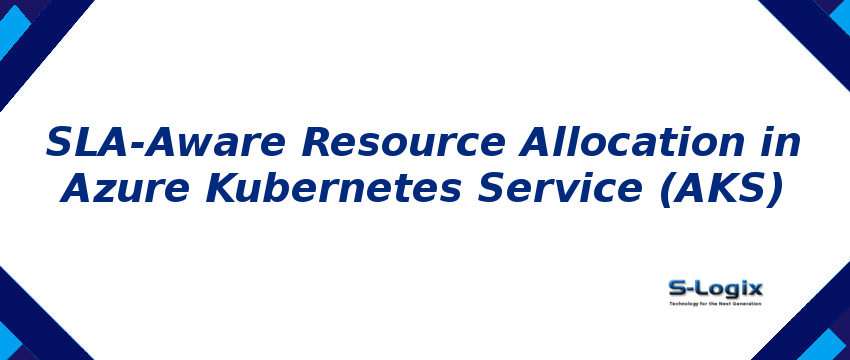
| Azure Service | Purpose in Project |
|---|---|
| Azure Kubernetes Service (AKS) | Deploy and manage containerized applications with built-in orchestration. |
| Azure Monitor + Application Insights | Collect SLA metrics (latency, response time, availability, resource usage). |
| Azure Machine Learning | Predict workload demand and optimize resource allocation. |
| Azure Functions | Automate SLA-based scaling or remediation actions (event-driven). |
| Azure Event Grid | Event routing for SLA alerts, failures, and scaling events. |
| Azure SQL Database / Cosmos DB | Store SLA compliance logs and application performance history. |
| Power BI | Visualize SLA metrics, scaling efficiency, and cost-performance tradeoffs. |
| Azure Key Vault | Secure storage of secrets, certificates, and scaling policy configs. |